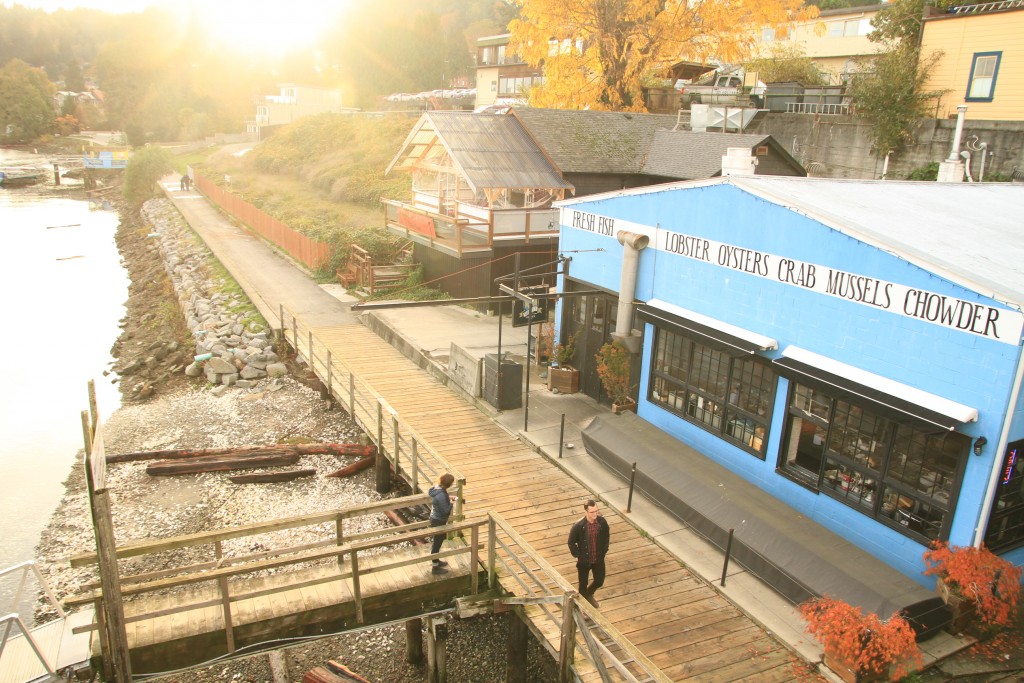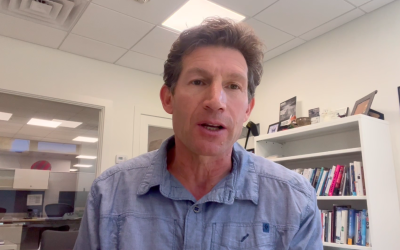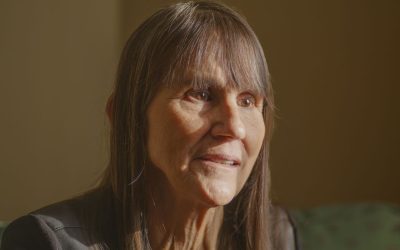“Think about the things we can do together, because we’re DMOs. We can compete, we can coexist, or we can collaborate.”
Which of these options can help a destination build a stronger tourism marketing network that benefits everyone? For Destination British Columbia (DBC), leading change means being transparent and choosing to collaborate.
Grant Mackay, DBC’s Vice President of Destination & Industry Development, participated in a panel discussion and two days of collaboration with destination leaders from around the world at Destination Think Forum 2016 in New York.
In part one of this two-part interview, Mackay described the three pillars of Destination British Columbia’s strategic ecosystem. In part two, he explains his organization’s approach to change management with tourism stakeholders within the province.
Destination Think: As you develop a strong tourism marketing network for British Columbia, how do the different roles of your stakeholders across the province fit into that ecosystem?
Grant Mackay: When you think about roles and responsibilities, you can take a look at each layer of the ecosystem. What is the most important thing that a provincial DMO (destination marketing organization) should do?
Then you can take a look at the next layer down, and we have regions. Should the regional DMOs primarily promote their region, or should they be playing a different role that’s not being currently filled as it relates to helping their destination develop its tourism product? Or, should they support content development through creation and curation?
The next level is the community and city layer. What primary role should they be playing? Many of our consumers aren’t buying a region or necessarily the province, they’re buying an experience within a community.
So you really need to take a look at each of the layers of the system and ask, what’s the most appropriate role that is highly valued and potentially highly differentiated? If we play our roles well collectively, we will all be better off.
But it takes change. When you go through any role discussion, that means somebody might have to change.
How do you lead change to coordinate these layers?
You have to go through a change management process where you can, hopefully, get buy-in support. You need to show that the change will make your DMO equally, if not more, relevant to stakeholders. And you need to be transparent and open to ideas of others. That takes time.
We’re working through that process right now. One of the biggest gaps we have had is that nobody was really looking at the long-term demand or competitive side of the equation. Destination and product development fits in to satisfy that need.
Then, we took a look at who is best to fill that gap, and we can do that. Where does core government (including provincial, local and First Nations) fit in? Where does Destination BC fit in? Where do our regions fit in? Through that process, we started to find some new roles, not only for ourselves, but for our regions as well.
Can you describe the role your regions are playing?
The regions are helping us from a content creation perspective. They still do some advertising and promotion around the “touring product,” which mean encouraging their core market visitors to tour the region more.
They’re also helping industry become great hosts for our travel trade and travel media familiarization trips that come into the province, because they are the closest to the experience and can help develop the best itinerary.
They are also highly engaged in helping us develop 10-year sub-regional, regional and provincial destination development plans. In their new role, our regional representatives are the critical interface and connection to bring industry stakeholders together to work through a common destination and product development process. They will then be one of the champions that monitor the implementation of the strategies developed through the planning process.
The key shift is in working to help us strengthen the long-term demand and competitiveness of BC through an increased focus on destination and product experience development. We think it’s a shift that is warranted and that they are well-positioned to undertake.
What advice would you give to another destination that wants to start this change management process?
Be transparent. Bring your stakeholders in right at the outset.
Everybody has to progress through a change management process together. Many times, when change is initiated, the initiator of the change has already determined what that change is and actually was thinking about its execution. That means those who will have to go through the change are way behind you.
You’ll never be successful in a change management exercise unless you get everybody up to the same place, and then hopefully you can move forward with the process of adoption and agreement and all those other things that take place when change is happening.
Change management takes diligence. It takes respect. It takes transparency. It takes the desire to deeply collaborate.
Think about the things we can do together, because we’re DMOs. We can compete, we can co-exist, or we can collaborate.
And we decided that, well, there’s no point in all of us competing with each other.
There are times where we would co-exist, but we really believe our success is going to be all around collaboration. It takes a willingness from everyone to say that everything is on the table for discussion.
We’ll learn to unlearn things that we have done in the past. We won’t be bogged down.
Because if we come in with a predetermined outcome, or biases, or agenda, you’ll never get to the point of deep collaboration. And that takes all parties. They all have to come in with that perspective.
And not fear the change that might take place.
To learn more about the why and how of change management, read our two-part interview with marketing professional and University of British Columbia instructor Paul Cubbon.
Featured image: Gibsons, British Columbia. Image credit: Robyn Hanson










0 Comments